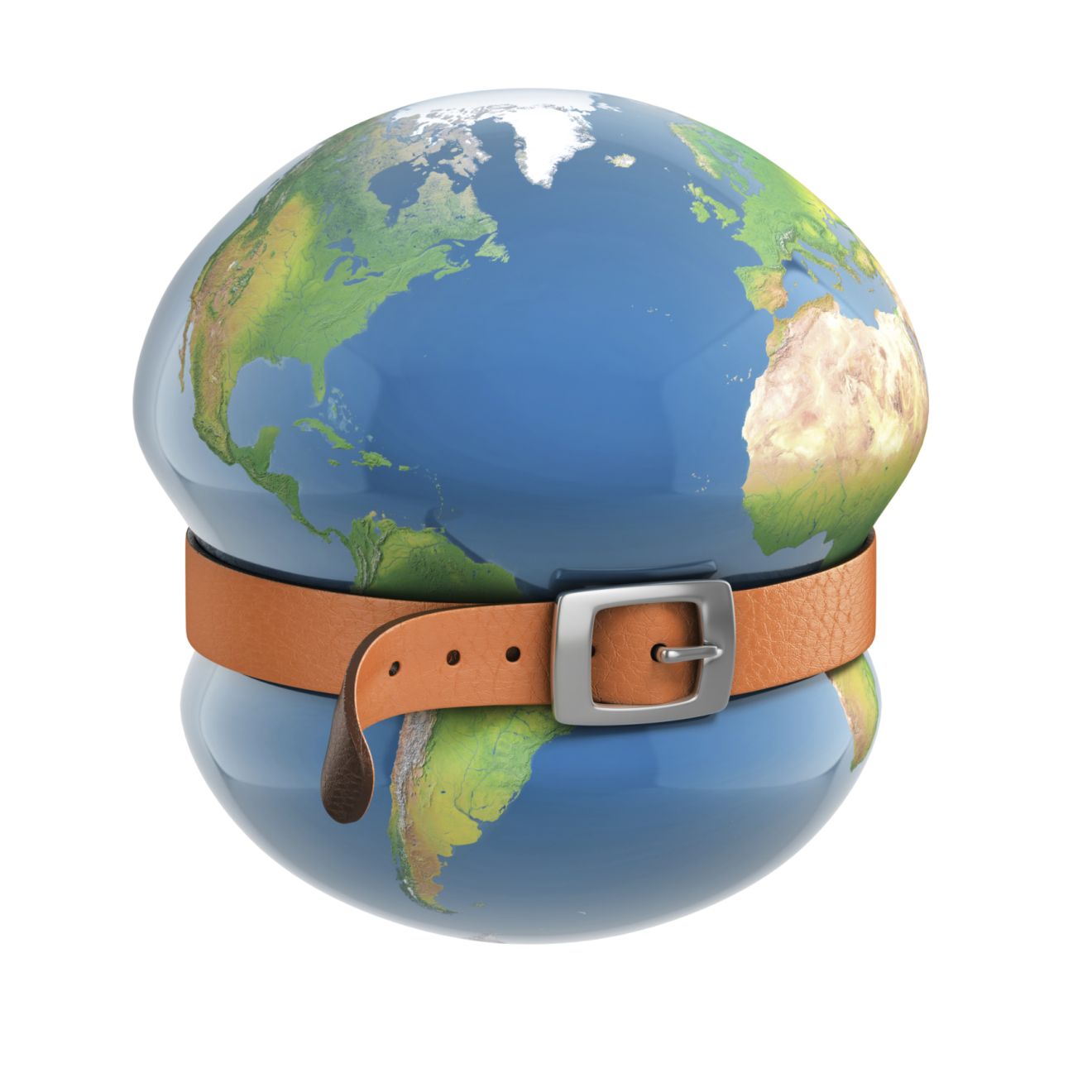
The U.S., European Union, and China have their own battles to fight
When the U.S. Federal Reserve announced its fourth and latest US$10 billion reduction to its quantitative easing programme at the end of April, the stock market barely registered any movement. The Dow Jones Industrial Average and S&P500 both moved by less than 0.2 percent immediately after the Federal Open Market Committee (FOMC) announcement, and economists barely raised a collective eyebrow.
“If you look at market pricing, the markets have priced in a fair degree of not just tapering but also rate hikes,” says Prakash Kannan, Senior Vice President at Singaporean sovereign wealth fund, GIC Private Limited. “If you look at the five-year/five-year forward rate i.e. where five-year U.S. Treasury bond yields are expected to be five years from now, it’s 3.9 percent; currently it’s around 1.7 percent. That’s a sharp increase.”
U.S.: Fed decisions priced in
Expectations of higher interest rates indicate confidence about the economy, which is justified by encouraging economic data. U.S. unemployment rate is currently at 6.7 percent, down from the high of 10.2 percent in 2009, and just over the 6.5 percent unemployment target for raising interest rates. Although the FOMC agreed unanimously in March that the 6.5 percent target is outdated and should be removed, Prakash says the Fed had “for all intents and purposes, moved away from thresholds” for a while now.
"The Fed will likely raise rates around December 2015."
“Implicitly I would say they’ve been doing it since last December,” Prakash tells Perspectives@SMU. “The markets have also behaved that way. Consensus forecast (last December) indicated that the unemployment rate would hit about six percent by the end of 2014. But if you look at market pricing, you’ll see that the first rate hike is only expected to take place in the middle of next year (2015).”
“The Fed is likely to start the first rate hike slightly later. The markets are currently pricing in September 2015, but the Fed will likely raise rates around December 2015.”
Europe: "A tradeoff between what they should do and what they will do"
While attention on the Fed has shifted to its stance on interest rates, it signaled its intention to maintain the asset-buying programme – albeit on a reduced scale – “until the outlook for the labour market has improved substantially in a context of price stability”. It is something the European Central Bank (ECB) should consider, says Prakash.
“With the ECB, it’s often a tradeoff between what they should do and what they will do,” says Prakash, who was a speaker at the “Economic Forecasting” conference organised by Singapore Management University’s Sim Kee Boon Institute for Financial Economics. “What they should do is clear: they should undertake some form of easing. Of the G4 central banks – the Fed, Bank of England, Bank of Japan, and the ECB – ECB is the only one whose balance sheet is shrinking.”
The need to create more money is highlighted by low inflation in the euro zone: 0.5 percent, far below the target of 2 percent. Quantitative easing is designed to push up demand and, eventually, inflation. Much will depend on Europe’s largest economy, Germany, which Prakash pointed out as having “a long history with inflation, and they would have a lot of incentives to keep inflation rates low”.
“Germany, however, is suffering from a strong Euro,” Prakash adds, describing the negative impact on corporate earnings after converting revenue in other regions to Euros. “Any form of monetary easing that the ECB does would weaken the Euro, and that would benefit the Germans.”
China: Slow(ing) and steady
While Europe struggles with deflation, a recent World Bank report has China overtaking the U.S. as the biggest economy in the world by the end of the year. While there are disputes over the numbers that underlie that assessment, the problems stemming from overcapacity is clear for all to see.
“China has a short-term problem of trying to control excess credit, but it has a longer-term problem of trying to rebalance the economy away from investment,” Prakash points out. “The common theme across both of these problems is that China has to accept a lower growth rate.”
After recording double-digit growth for much of the 21st century, China’s economy grew 7.7 percent in 2013. A lower growth rate is “politically unacceptable”, says Prakash, because of the implicit promise by the Chinese government to double the income level of households by 2020.
“The Chinese policymakers do realise that growth has to come down,” he adds. “We also have to realise that as Chinese GDP growth slows, the contribution of the Chinese economy to global GDP is increasing. China will have such a large share of the global GDP that even if it’s growing at five to five and a half percent, that’s still a substantial contribution.”
What will happen when the Chinese economy eventually slows to five and a half percent growth, and the credit bubble bursts? Are we looking at global contagion?
“Firstly, the probability of a hard landing in China is pretty low,” Prakash says. “First of all, the Chinese government has a lot of resources. As opposed to many other developing countries, there is no currency mismatch in China – all of the loans are denominated in the local currency. It’s by and large a closed economy as far as capital account convertibility is concerned.”
“It’s not the first time China has gone through credit crisis. If you look at previous episodes, there has been a willingness to use measures such as recapitalisation and also extending forbearance. You have the characteristics of the economy, and you also have the resources of the policymakers to address the problem.”
Follow us on Twitter (@sgsmuperspectiv) or like us on Facebook (https://www.facebook.com/PerspectivesAtSMU)